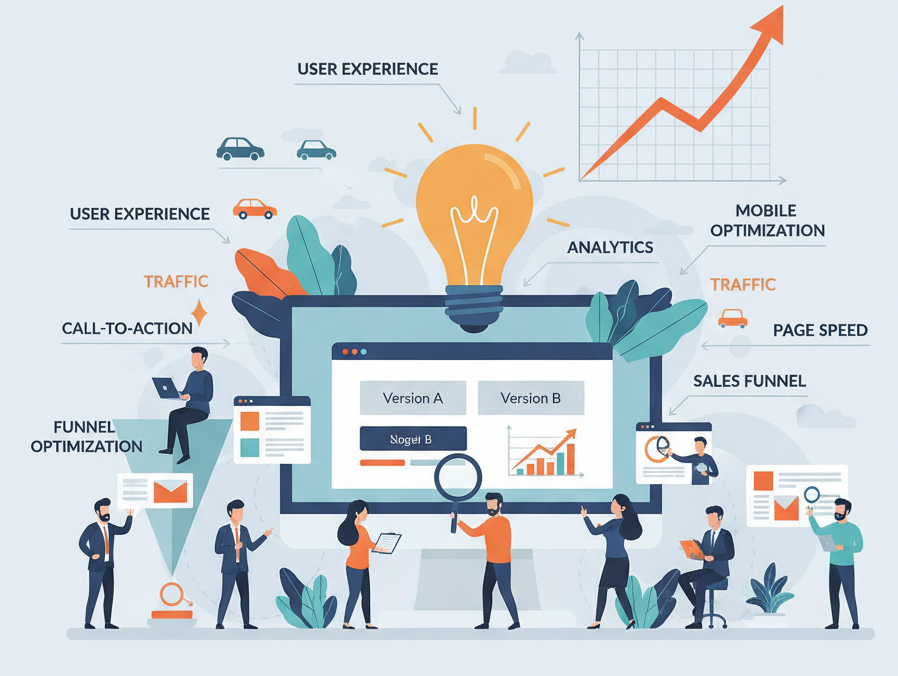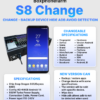Taking over an existing dropshipping business is a strategic shortcut. You bypass the grueling setup phase and inherit a foundation—a storefront, a supplier network, and hopefully, a customer base. However, acquisition is just the starting line. The real challenge, and where true value is created, lies in scaling. How do you transform this existing operation into a high-growth enterprise? It requires a blend of shrewd analysis, strategic optimization, and relentless execution. This guide delves into 12 essential tactics to effectively scale your newly acquired dropshipping venture.
1. Conduct a Deep Business Audit
Before you change anything, you must understand everything. A comprehensive audit of the business is non-negotiable. Dive deep into the financials, sales data, customer demographics, and marketing performance. Analyze which products are winners and which are draining resources. Review supplier agreements, shipping times, and profit margins. This initial deep dive will reveal the business’s strengths to double down on and the weaknesses that need immediate attention. Without this baseline, your scaling efforts will be based on assumptions, not data.

2. Optimize the Supplier Chain
Your suppliers are the backbone of your dropshipping operation. Can they handle a 10x increase in order volume? Communicate with your current suppliers to understand their capacity and negotiate better terms as you plan to increase order volume. Don’t be afraid to vet and onboard alternative suppliers. Diversifying your supplier base mitigates risk, prevents stockouts during peak seasons, and can lead to better product quality and pricing. A scalable supplier is one that grows with you.
3. Automate Repetitive Tasks
Scaling is impossible if you’re buried in manual tasks. Order processing, inventory updates, tracking notifications, and even basic customer service inquiries can and should be automated. Use dropshipping automation tools to sync inventory, route orders, and manage fulfillment. This frees up your time to focus on high-impact activities like marketing, product research, and strategy. The less time you spend on repetitive work, the more time you have to grow the business.
4. Refine the Product Catalog
An existing product catalog isn’t a static asset. Use your audit data to identify the top-performing products (the 80/20 rule often applies). Focus your marketing efforts on these winners. Simultaneously, don’t hesitate to cut low-performing products that have poor margins or high return rates. The next step is to strategically test new, related products to expand your offerings and increase the average order value. A curated, high-margin catalog is more scalable than a bloated, unfocused one.
5. Develop a Growth Marketing Strategy
An acquired business often has a rudimentary marketing setup. To scale, you need a multi-channel growth marketing strategy. This includes:
- Content Marketing: Start a blog, create buying guides, and produce video content to attract organic traffic and build authority.
- Paid Advertising: Optimize existing ad campaigns (Google Ads, Facebook Ads) and test new platforms like TikTok or Pinterest, depending on your audience.
- Email Marketing: Build and segment your email list. Implement automated flows for abandoned carts, welcome series, and customer win-backs.
- SEO: Conduct keyword research and optimize your product and category pages to rank higher in search engine results.
6. Enhance the Customer Experience
As you scale, customer service can become a bottleneck. Investing in an exceptional customer experience builds loyalty and generates positive word-of-mouth. Provide clear shipping information, offer multiple support channels (live chat, email, phone), and create a hassle-free return policy. Happy customers are repeat customers, and customer retention is far more cost-effective than acquisition. This is where managing multiple communication channels efficiently becomes key, especially if you expand across different markets or platforms.
7. Leverage Social Proof and User-Generated Content
Trust is a major currency in e-commerce. Encourage and showcase customer reviews, ratings, and testimonials on your product pages. Run campaigns that motivate customers to share photos and videos of their purchases on social media. User-generated content (UGC) is authentic, persuasive, and provides a steady stream of marketing material that builds credibility and drives conversions for your dropshipping store.
8. Optimize for Conversion Rate (CRO)
Getting more traffic is only half the battle. You need to convert that traffic into sales. Continuously work on Conversion Rate Optimization (CRO). This involves A/B testing elements like headlines, product descriptions, call-to-action buttons, and checkout processes. Improve website speed, ensure mobile-friendliness, and simplify navigation. A small 1% increase in your conversion rate can lead to a significant uplift in revenue as your traffic grows.

9. Explore Private Labeling
The ultimate step to differentiate your dropshipping business from competitors selling the same products is private labeling. Once you have a proven best-seller, work with a supplier to create a custom version with your own branding and packaging. This increases perceived value, builds a real brand, and allows you to command higher profit margins. It’s a powerful move from being a reseller to becoming a brand owner.
10. Outsource and Build a Team
You cannot do everything yourself. As you scale, you’ll need to delegate. Start by outsourcing specialized tasks to freelancers—think graphic design, copywriting, or social media management. As revenue grows, consider hiring virtual assistants for customer service and administrative tasks. Building a lean, effective team allows you to maintain focus on the strategic vision of your dropshipping empire.
11. Manage Multiple Accounts for Market Expansion
Scaling often means expanding to new platforms (like Amazon, eBay, or Etsy) or targeting different geographic markets. However, managing multiple seller accounts comes with the risk of being linked and banned. This is where robust solutions are needed. Using distinct digital identities for each account is crucial for security and compliance. This strategy allows you to operate multiple storefronts safely, diversifying your revenue streams without jeopardizing your core business.
12. Analyze Data and Iterate
Finally, scaling is an iterative process driven by data. Use tools like Google Analytics to track everything—traffic sources, user behavior, conversion funnels, and customer lifetime value. Regularly review your data to see what’s working and what isn’t. Be prepared to pivot your strategy based on these insights. The ability to adapt and make data-driven decisions is what separates stagnant stores from scalable dropshipping businesses.
Conclusion: Ready to Automate and Scale Your Digital Operations?
Scaling a dropshipping business involves managing more products, more marketing channels, and often, more online accounts. The manual effort can be overwhelming and limits growth. At Genfarmer, we provide the hardware and software solutions to put your growth on autopilot.
Whether you need to manage multiple social media profiles for marketing with our Box Phone Farm hardware, or require distinct, high-performance environments for each of your e-commerce stores with our Cloud Phones, our ecosystem is built for scale. Explore our automation solutions like GenFarmer Facebook Boost to enhance your social proof campaigns or GenFarmer TikTok Trust to manage your accounts securely.
Visit Genfarmer.com today and discover how our automation solutions can help you scale your dropshipping business faster and more securely.











